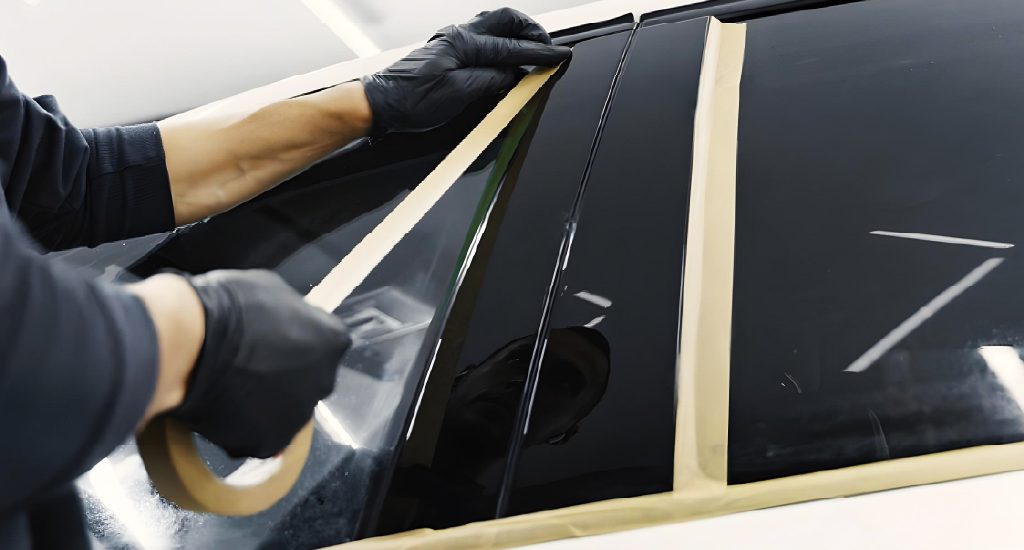When it comes to painting automobiles, the choice of base coats is crucial for both aesthetic appeal and durability. Two popular types of base coats are direct-gloss (also known as single-stage) and waterborne base coats. Here’s a detailed comparison of the two:
Direct Gloss Base Coats v/s Waterborne Base Coats
| Characteristics | Direct Gloss Base Coats | Waterborne Base Coats |
| Definition | Direct-gloss base coats, or single-stage paints, combine the color and gloss in one application. This means the paint includes both the pigment and the resin that provides the glossy finish. | Waterborne base coats, utilizing water as the primary solvent, stand out for their eco-friendly nature. These paints are typically part of a two-stage system, with the base coat providing the color and a separate clear coat delivering the gloss and protection. This environmentally responsible approach is a key consideration for those concerned about the impact of their work on the planet. |
| Composition |
|
|
| Application Process |
|
|
| Advantages |
|
|
| Disadvantages |
|
|
| Environmental Impacts | ||
| Ease of Application | Direct-gloss paints, on the other hand, often contain higher levels of harmful solvents. | Their low VOC content makes Waterborne base coats significantly more environmentally friendly. |
| Drying Time | Direct-gloss paints are quicker to apply since they combine color and gloss in one step. | Waterborne base coats require additional steps and controlled drying conditions, making the process longer. |
| Finish | Direct-gloss paints can provide a high-gloss finish but may lack the same level of sophistication in color and effects. | Waterborne base coats typically offer better color accuracy, depth, and metallic effects. |
| Durability & Maintenance | Direct-gloss systems might be more accessible to buff and polish, but repairing damage can be more challenging. | Waterborne systems with a clear coat often provide better long-term protection and easier maintenance. |
| Regulatory Compliance | The use of high-VOC paints is heavily restricted or banned. | Regulations favor waterborne base coats due to their lower environmental impact. |
Conclusion
The choice between direct-gloss and waterborne base coats depends on various factors, including environmental regulations, desired finish quality, application conditions, and budget. While direct-gloss paints offer a simpler, cost-effective solution, waterborne base coats provide superior color matching, environmental benefits, and compliance with modern standards. Each system has its own set of advantages and trade-offs, and the decision should be based on the specific needs and priorities of the project. Irrespective of whether you decide to choose a waterborne base coat or a direct-gloss base coat, make sure that you choose only the best base coat available. For quality, you can trust Colors Co. to supply you with the best basecoat in Saudi Arabia in a timely fashion.







4 Responses
testing…
test okk
yes
test